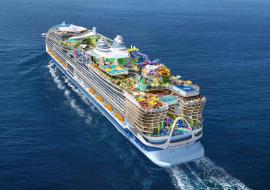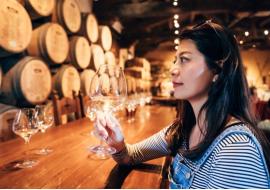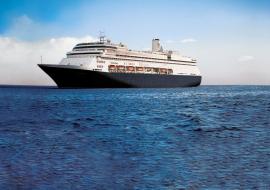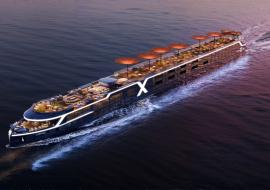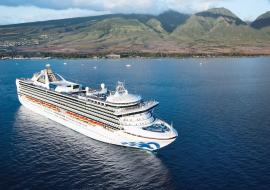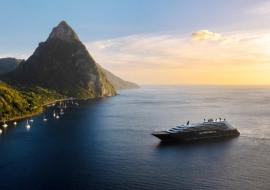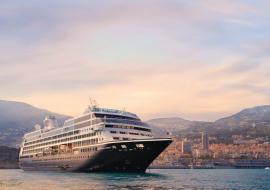US Virgin Islands Sets Out to Win Cruisers Back
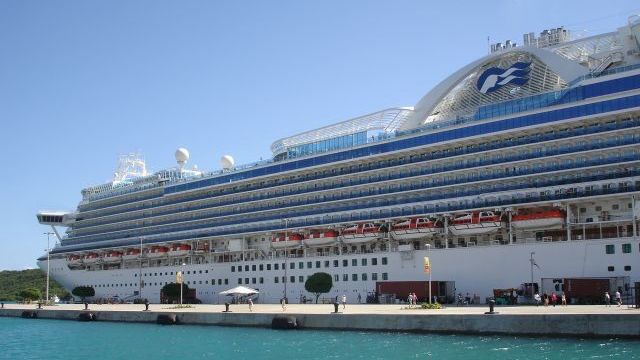
US Virgin Islands (USVI) government and tourism officials are revamping a tourism strategy after the destination’s 2016 land-based visitor growth didn't extend to the critical cruise ship sector.
The government’s Department of Property and Procurement this week issued a request for proposals (RFP) for a “qualified operator” to provide transportation services in St. Thomas’ Charlotte Amalie Harbor.
The operator would provide public ferry services among key harbor sites including Crown Bay, Water Island the Havensight/Yacht Haven Grande complex as well as “direct, convenient access” to downtown Charlotte Amalie on days when cruise ships are scheduled to arrive in the harbor.
The RFP appears to result directly from a recent decline in cruise-ship visitors at the Caribbean port. Traditionally among the busiest in the region, USVI cruise ship arrivals dropped by 5.4 percent year-over-year in 2016, according to a USVI Bureau of Economic Research report.
Despite the decline, the US Virgin Islands hosted 1.76 million cruise visitors in 2016—third-most among Caribbean destinations according to Caribbean Tourism Organization (CTO) data. Nevertheless, in the downturn’s wake, officials representing Caribbean cruise operators emphasized a need for improved cruise passenger infrastructure and services in the USVI.
"We must address the concerns raised by our cruise partners," said Beverly Nicholson-Doty, the USVI’s tourism commissioner, saying the development of initiatives to “improve infrastructure, implement harbor transportation and update product offerings, such as tours and shopping” are a priority.
“If we are not enhancing our product, we will continue to lose ground," she said, calling the cruise visitor decline “an indication of the Territory's missteps while other destinations have emerged in the region.”
Via the RFP, the government is now “moving in the right direction to regaining [our] status as the leading port in the Caribbean with a refreshed product and new experiences for cruise passengers,” Nicholson-Doty.
Following the RFP process, the successful party “will enter into an operating agreement with the government of the Virgin Islands for a term of three years, with an option to extend for an additional two years at the discretion of the government of the Virgin Islands,” said USVI officials. Applications are being accepted through June 2.
The ferry service would improve visitor and resident movement among popular sites around Charlotte Amalie harbor, easing local congestion when cruise ships are docked in port.
Cruise executives will meet with the Virgin Islands community in mid-July for a series of town hall meetings to discuss plans for revitalizing the product and opportunities to increase both cruise passenger and crew disbursements in the Territory, said USVI tourism officials. The next meeting is scheduled for June.
The USVI’s cruise arrivals were contrasted by strong land-based visitor numbers in 2016, as the territory’s overnight arrivals increased 4.3 percent year-over-year compared with 2015. In addition, USVI tourist spending, hotel-room revenue, revenue per available room (RevPAR) and average daily rate (ADR) all increased in 2016 over 2015 said Nicholson-Doty.
She noted average annual hotel daily room rates in the U.S. Virgin Islands increased by 4.38 percent in 2016 to $335.66 per night from $321.57 per night during 2015, according to a STR study.
And while the average Caribbean occupancy rate dropped by 2.34 percent year-over-year in 2016, the USVI registered a one percent occupancy increase during the period, said Nicholson-Doty. A recent increase in the hotel room tax from 10 percent to 12.5 percent—resulting in hotel fees ranging from $20 to $78 per night—has not appeared to impact demand, she added.
“The U.S. market is responsible for more than 90 percent of our arrivals in the U.S. Virgin Islands,” Nicholson-Doty said, “and we are encouraged to see how our sector is growing in spite of the challenging and competitive environment.”
Source: Travel Pulse







